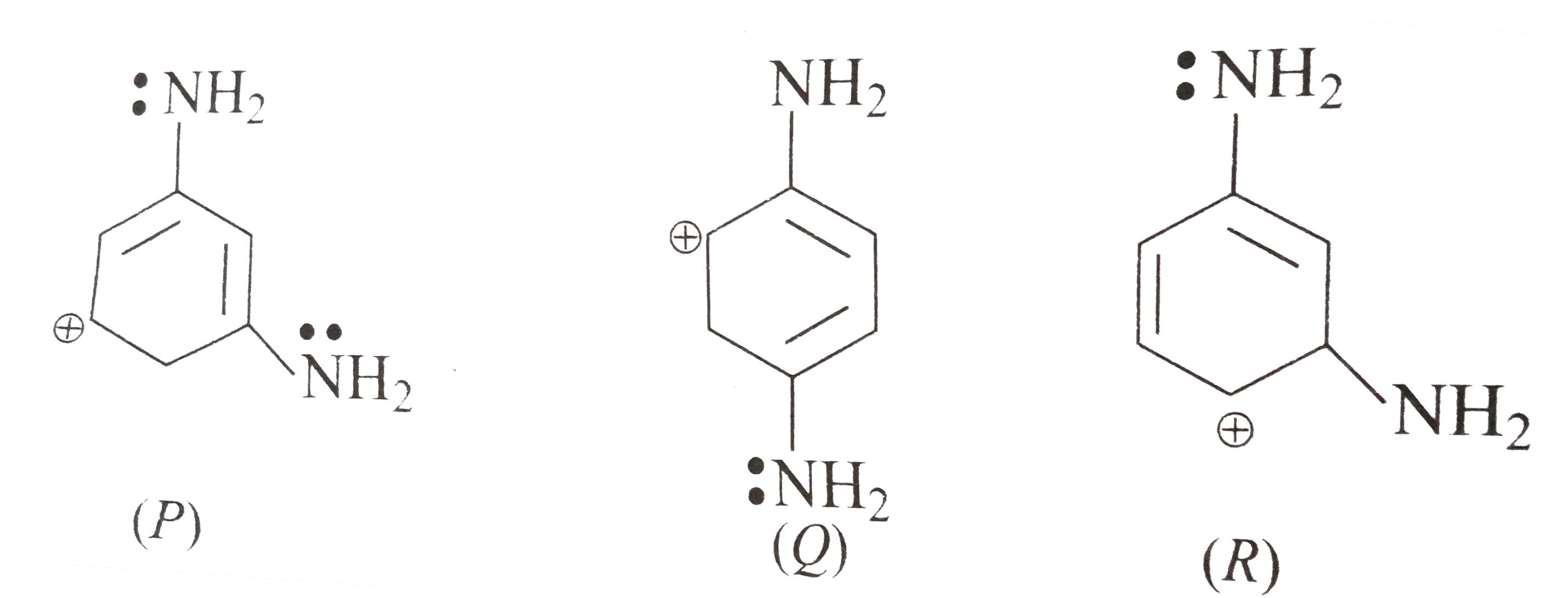Which of the following order is incorrect for thermal stability :-
BeO>MgO>CaO
NH3<H2O<HF
HF<HCl<HBr<HI
Li2SO2<Na2SO4<K2SO4<Rb2SO4<Cs2SO4
The correct Answer is:C
To determine which order is incorrect for thermal stability, we need to analyze the given options based on the principles of thermal stability in chemical compounds. Thermal stability is influenced by the charge of the ions and the size of the atoms involved. Here’s a step-by-step solution:
Step 1: Understand Thermal Stability
Thermal stability refers to the ability of a compound to resist decomposition when heated. It is influenced by:
- Charge: Higher charge generally increases thermal stability.
- Size: Larger size generally decreases thermal stability.
Step 2: Analyze the Options
We will evaluate each option based on the principles of thermal stability.
Option 1: Beryllium (Be), Magnesium (Mg), Calcium (Ca)
- As we move down the group from Be to Ca, the size of the cation increases.
- Larger cations generally lead to lower thermal stability.
- Therefore, the order of thermal stability should be: Be > Mg > Ca (correct).
Option 2: Ammonia (NH3), Water (H2O), Hydrofluoric Acid (HF)
- The charges on the atoms are: N in NH3 has a charge of -3, O in H2O has a charge of -2, and F in HF has a charge of -1.
- As the charge increases (more negative), the thermal stability increases.
- Thus, the order of thermal stability should be: NH3 < H2O < HF (correct).
Option 3: Iron (Fe) Compounds
- If we consider different oxidation states or sizes of iron compounds, as the size increases, thermal stability should decrease.
- If we have an order like Fe^2+ < Fe^3+, it would be correct since higher charge leads to higher stability.
- However, if the size is increasing without considering charge, this could lead to an incorrect order. Therefore, this option is likely incorrect.
Option 4: Alkali Metals (Li, Na, K, Rb, Cs)
- As we move down the group from Li to Cs, the size of the atoms increases.
- Larger alkali metals generally have lower thermal stability.
- The expected order should be: Li > Na > K > Rb > Cs (correct).
Conclusion
After analyzing all options, we find that:
- Option 3 is likely incorrect due to the size factor affecting thermal stability without considering charge.
- Option 4 is also incorrect as the size increases leading to decreased thermal stability.
Final Answer
The incorrect orders for thermal stability are found in Option 3 and Option 4.
---
Thermal stability refers to the ability of a compound to resist decomposition when heated. It is influenced by:
- Charge: Higher charge generally increases thermal stability.
- Size: Larger size generally decreases thermal stability.
We will evaluate each option based on the principles of thermal stability.
- As we move down the group from Be to Ca, the size of the cation increases.
- Larger cations generally lead to lower thermal stability.
- Therefore, the order of thermal stability should be: Be > Mg > Ca (correct).
- The charges on the atoms are: N in NH3 has a charge of -3, O in H2O has a charge of -2, and F in HF has a charge of -1.
- As the charge increases (more negative), the thermal stability increases.
- Thus, the order of thermal stability should be: NH3 < H2O < HF (correct).
- If we consider different oxidation states or sizes of iron compounds, as the size increases, thermal stability should decrease.
- If we have an order like Fe^2+ < Fe^3+, it would be correct since higher charge leads to higher stability.
- However, if the size is increasing without considering charge, this could lead to an incorrect order. Therefore, this option is likely incorrect.
- As we move down the group from Li to Cs, the size of the atoms increases.
- Larger alkali metals generally have lower thermal stability.
- The expected order should be: Li > Na > K > Rb > Cs (correct).
After analyzing all options, we find that:
- Option 3 is likely incorrect due to the size factor affecting thermal stability without considering charge.
- Option 4 is also incorrect as the size increases leading to decreased thermal stability.
The incorrect orders for thermal stability are found in Option 3 and Option 4.
Topper's Solved these Questions
Similar Questions
Knowledge Check
- Question 1 - Select One
Which of the following order is correct for thermal stability?
AMgCO3<CaCO3<BeCO3BBeCO3<MgCO3<CaCO3CCACO3<BeCO3<MgCO3DCACO3<MgCO3<BeCO3 - Question 2 - Select One
Which of the following order is correct for thermal stability?
AKO2<RbO2<CsO2BKO2>RbO2>CsO2CKO2<RbO2>CsO2DKO2=RbO2=CsO2 - Question 3 - Select One
Which of the following orders is incorrect ?
AN<O<F−IInd ionization energy.BLi+>Na+>K+− ionic radius in water.CS>Se>O− negative value of electron gain enthalpyDAl2O3<MgO<K2O− basic character.
Which of the following orders is correct for the stability of these carbocations?
 View Solution
View SolutionWhich of the following orders is/are incorrect ?
View SolutionWhich of the following is incorrect order ?
View SolutionWhich of the following is not the correct order of thermal stability?
View SolutionWhich of the following orders are correct regarding stability?
View Solution

